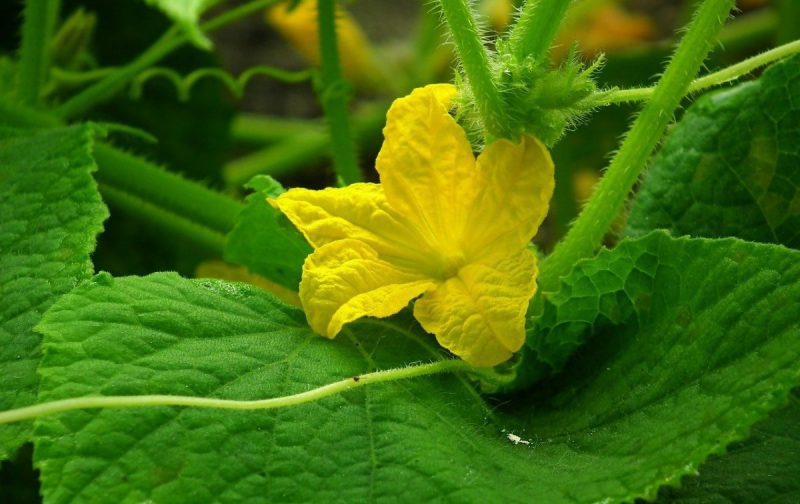Sponge gourd, information about crop management
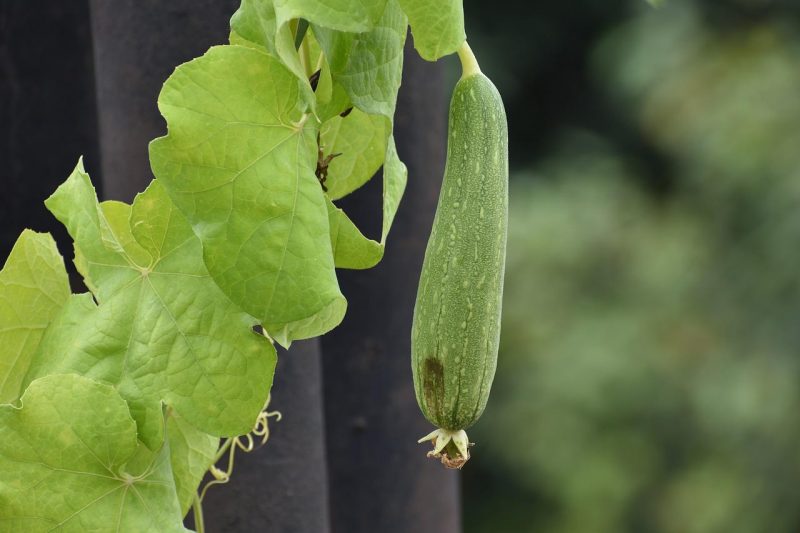
Sponge gourd (Luffa cylindrica) is an annual herbaceous plant that is part of the Cucurbitaceae family. It has various uses and can be cultivated both in the field and in protected areas or in ecological farming. In addition to being cultivated for decorative purposes, as a vegetable or as a vegetal sponge, and for baths, the sponge gourd is also cultivated to extract the fibers from the stem, and the oil from the seeds. Sponge gourd is also used for manufacturing various products (hats, bath rugs, tablecloths, etc.).
Natural vegetal sponges are soft, show great elasticity (after deformation they return to their original shape), and are resistant to rotting, being appreciated in various fields. The young fruits are eaten in the same way as zucchini, but they must be harvested before they become fibrous.
Botanical characteristics
The root is slightly thickened and the stem is flexible, rough, cylindrical, and has long shoots with branched tendrils.
The leaves are palmately lobed and usually have 5 lobes. The tendrils with the function of fixing and supporting the plant can be found in the leaves axils, and at the top of the shoots, there are tendrils with an exploratory role, to find new fixing points.
The flowers are yellow and large, and the male ones have a campanulate calyx, a corolla of 5 free petals, an androecium of 3 stamens, rarely 5 stamens. As single specimens, male flowers are rarely found – most often they are found as racemes. The female flowers are tubular and have a gynoecium of 3 carpels. Sponge gourd is an entomophilous species, preferred by bees. To maintain the variety’s purity, i.e. to prevent its genetic depreciation, it is necessary to ensure large isolation spaces.
The fruit is a cylindrical fleshy fruit with a hard peel and numerous seeds, with a length of up to 50 cm, depending on the variety. It displays various shades of green during the growing season, but, at physiological maturity, it turns brown, opens with a “lid”, and on the inside has a spongy, reticulated mesocarp.
The seeds are similar to those of the pumpkin, but they are smaller in size.
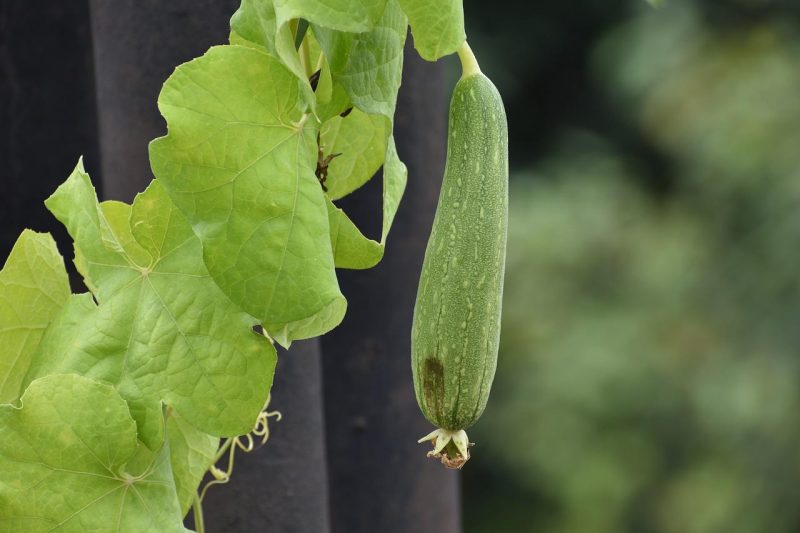
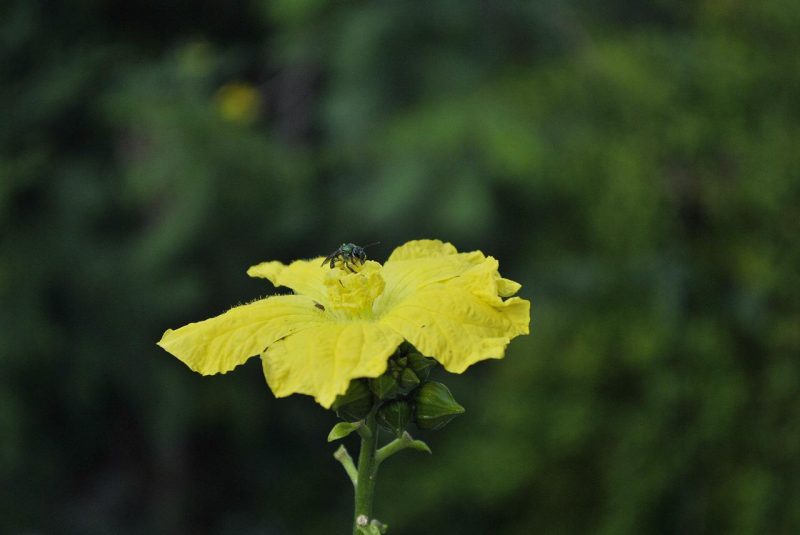
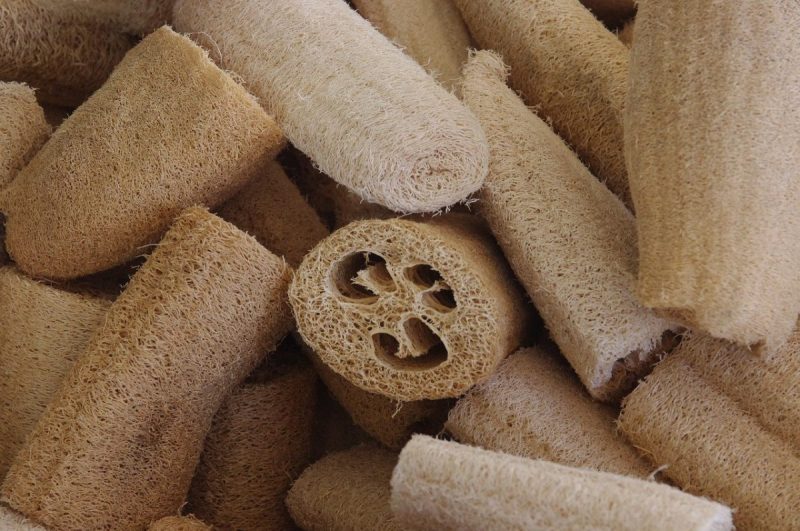
Climate and soil requirements
Light and temperature
Sponge gourd does not tolerate late spring frosts and is a pretentious species in terms of light (it prefers bright places) and temperature. Its requirements are similar to those of other Cucurbitaceae.
Soil
It can be cultivated on loose, moist, permeable soils. Sponge gourd is a species sensitive to waterlogging, and therefore the soil must ensure good water drainage.
Culture technology
The sponge gourd crop can be set up both by seedlings and by direct sowing. Sowing for seedling production should be carried out in protected areas in the first decade of February. For the field, it can be cultivated in the first decade of March. In general, the age of the seedling must be 55-60 days.
Recommended products
-
You can find products on a different store
Change Store -
You can find products on a different store
Change Store -
You can find products on a different store
Change Store -
You can find products on a different store
Change Store -
You can find products on a different store
Change Store -
You can find products on a different store
Change Store -
You can find products on a different store
Change Store -
You can find products on a different store
Change Store -
You can find products on a different store
Change Store -
You can find products on a different store
Change Store -
You can find products on a different store
Change Store -
You can find products on a different store
Change Store -
You can find products on a different store
Change Store -
You can find products on a different store
Change Store -
You can find products on a different store
Change Store -
You can find products on a different store
Change Store -
You can find products on a different store
Change Store -
You can find products on a different store
Change Store -
You can find products on a different store
Change Store -
You can find products on a different store
Change Store -
You can find products on a different store
Change Store -
You can find products on a different store
Change Store -
You can find products on a different store
Change Store -
You can find products on a different store
Change Store
Care works
In addition to the care works that are normally applied to cucurbits (watering, controlling weeds, diseases, and pests, etc.), the work of trellising and directing the stems vertically is very important.
Sponge gourd has a rich vegetative growth if cultivated in protected areas. To help the plant form the bolting phenomenon, spread the wires about 2 m high. Also, to prevent the plant from growing on the ground, the other branches should be tied off and directed vertically in addition to the main stem.
Fertilizing
It is recommended to use specific fertilizers, which are usually applied for cucurbits, and the doses must be established after soil agrochemical tests.
Recommended products
-
You can find products on a different store
Change Store -
You can find products on a different store
Change Store -
You can find products on a different store
Change Store -
You can find products on a different store
Change Store -
You can find products on a different store
Change Store -
You can find products on a different store
Change Store -
You can find products on a different store
Change Store -
You can find products on a different store
Change Store -
You can find products on a different store
Change Store -
You can find products on a different store
Change Store -
You can find products on a different store
Change Store -
You can find products on a different store
Change Store -
You can find products on a different store
Change Store -
You can find products on a different store
Change Store -
You can find products on a different store
Change Store -
You can find products on a different store
Change Store -
You can find products on a different store
Change Store -
You can find products on a different store
Change Store -
You can find products on a different store
Change Store -
You can find products on a different store
Change Store -
You can find products on a different store
Change Store -
You can find products on a different store
Change Store -
You can find products on a different store
Change Store -
You can find products on a different store
Change Store
Harvesting
Depending on the purpose for which it was cultivated, the fruits can be harvested at different times, as the young fruits can be eaten and the mature ones have different uses.















































































































































































































































































































































































































































